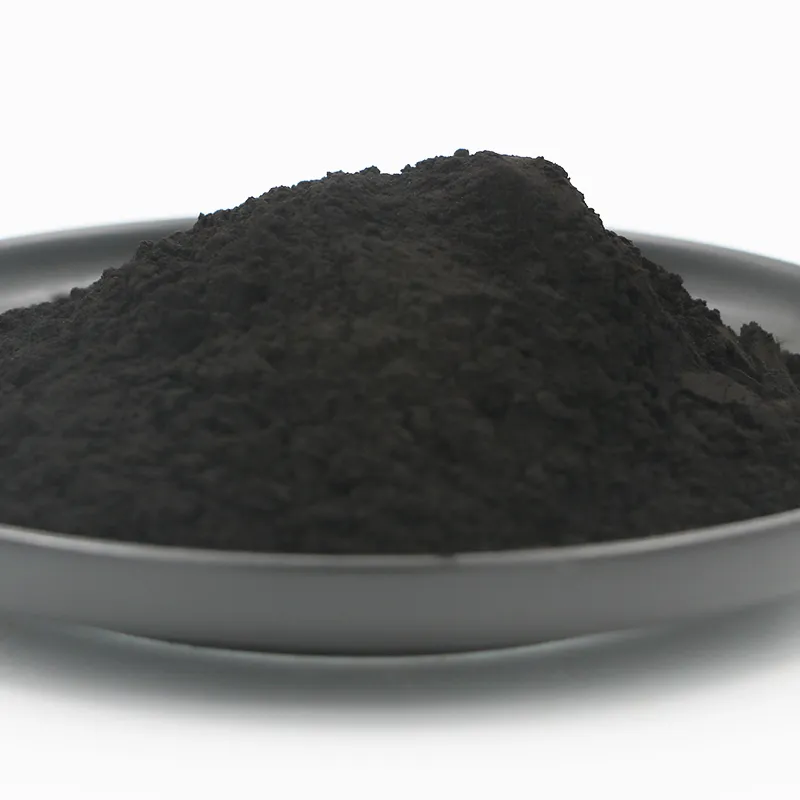Buy Gilsonite modified bitumen Types + Price
Gilsonite is a natural hydrocarbon that is also often known as natural bitumen
Natural bitumen is distinct from bitumen derived from petroleum in a variety of ways
To have a better grasp on the distinction between bitumen and gilsonite, we need to understand what sets the former apart from the latter
In the beginning, it is essential to have an understanding that bitumen is a generic word that refers to any kind of substance that is composed of carbon and hydrogen
In order to classify bitumen, we may separate it into two distinct types: natural bitumen and plant-based bitumen
The latter kind of bitumen is produced as a byproduct of plant fossilization, the same process that leads to the development of coal
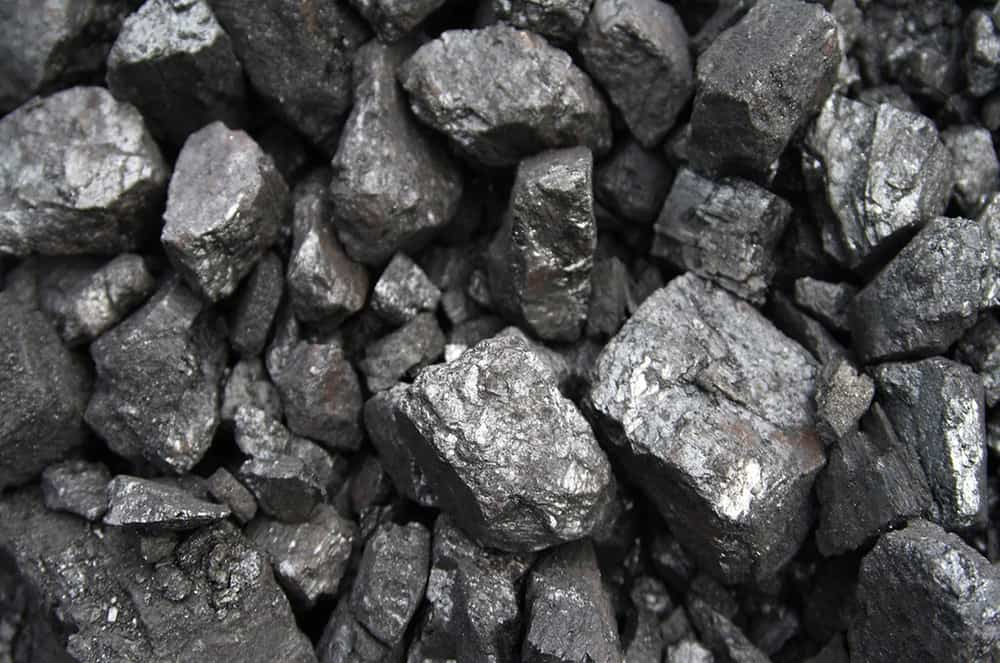
In point of fact, gilsonite is dried out bitumen with the same natural basis that was discussed before, and the latter type of bitumen is the bitumen that is the result of the processing of crude oil and is what is left in the vacuum bottom
As a result, the base and radix are the primary distinguishing characteristics between natural bitumen and bitumen derived from petroleum
Grade and granularity are two more differentiating characteristics that stand out
Gilsonite is discovered in its natural state as a brittle and glossy stone, and it is then treated and refined into powder with various mesh sizes and ash content
On the other hand, bitumen is categorized in a variety of grades, such as 30/40, 60/70, 80/100, and so on
Gilsonite has been put to use as a bitumen modifier during the last several years
This has resulted in an improvement in the product’s overall quality and, as a consequence, may lead to the strengthening of the field in which it is utilized
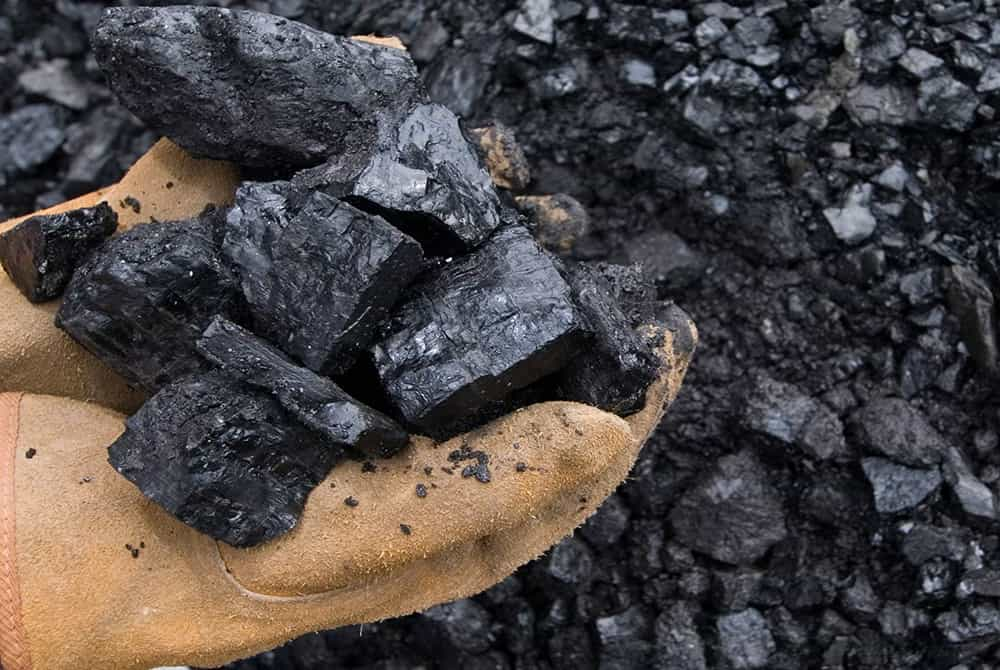
gilsonite bitumen
Natural bitumen includes bitumen, gilsonite, and uintaite (from the Uintaite mountains in the US)
Gilsonite is a byproduct of crude oil that has been exposed to a dry environment as a result of geological changes
This important industrial chemical is only found in a few countries
Iran is rich in natural bitumen
Kermanshah may have the most bitumen deposits in Iran
As oil travels to the earth’s surface, bitumen forms
Crude oil is always trying to escape due to hydrostatic forces in oil reservoirs
To reach the surface, it passes via rock cracks, fissures, and faults
Kerosene gradually degrades into the asphalt and then pyrobitumen
When the mixture freezes, bitumen develops
The last stage of oil processing is known as “pyrobitumen
” Bitumen is a group of heavy, combustible hydrocarbon compounds that are soluble in aromatic and aliphatic solvents
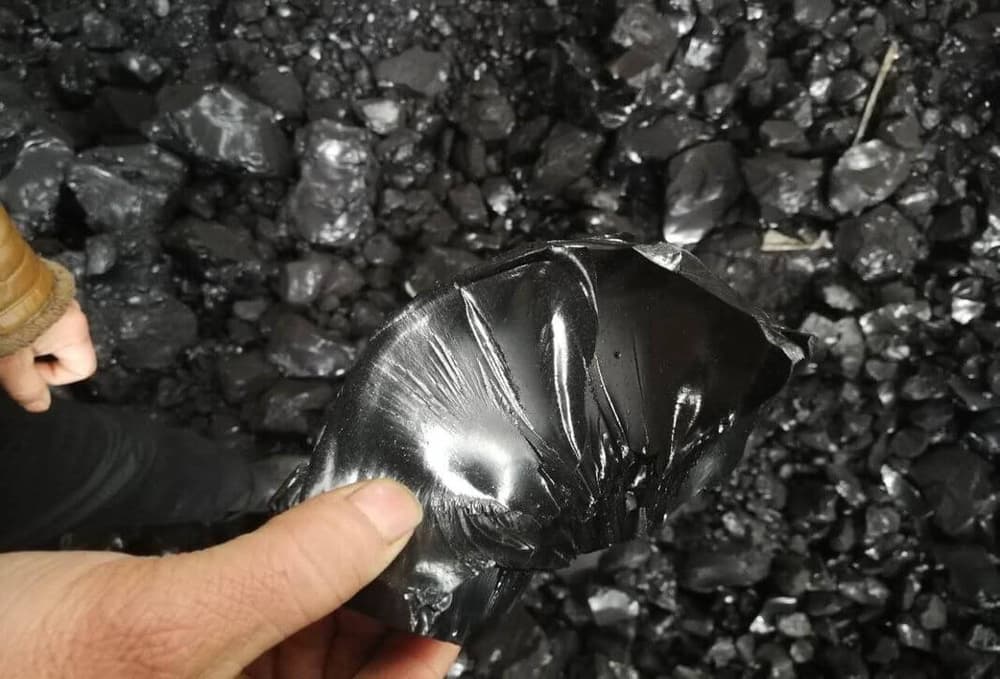
Gilsonite is a strong, glossy, and shatter-resistant mineral
Ore with black powder This has a visual and chemical resemblance to coal and tar (oil products)
Unlike coal, it melts before burning
Tar softens and possesses polar molecular properties
Gilsonite is chemically similar to asphalt, yet there are significant distinctions
Oil-based asphalt melts bitumen at a lower temperature than Gilsonite
Gilsonite’s physical and chemical properties make it helpful in a variety of industries
Because of the material’s unique properties, it is employed in 160 different products
They are most often used in ink, oil drilling (to cement wells), casting, upgrading asphalts, insulation, and ink manufacturing

gilsonite uses
The mineral known as gilsonite is put to use in a variety of commercial applications across the globe
It may be used in a wide variety of ways within the industrial sector
Both the drilling mud and the cement used in oil wells include gilsonite as an ingredient
Gilsonite is also used in gas wells
This helps to maintain the stability of the borehole and lowers the amount of friction that is experienced
Gilsonite and resins produced from it are responsible for moistening and spreading out the carbon black found in printer ink
Additionally, in order to prevent the color from being removed by rubbing, they glue it onto the newspaper
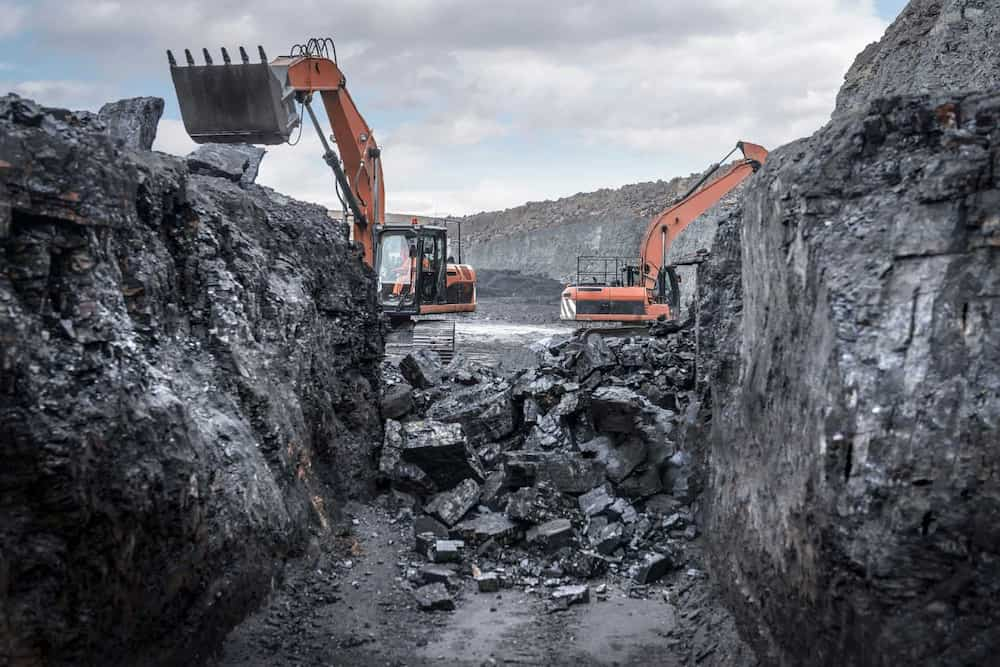
Gilsonite may be reduced to a powder form and then used with asphalt to produce a road surface that is more durable
Asphalt surfaces are coated and sealed with combinations of gilsonite, solvents, and other chemicals that appear like paint
Examples of asphalt surfaces are driveways and parking lots
Gilsonite is also used in the production of roofing felt, where it serves not only as an adhesive but also as a component of a waterproofing agent
Gilsonite is an additive that is sometimes used to extend the life of paints and dyes for wood
Gilsonite is often included with the molding sand used in iron foundries in order to produce cast goods that are simpler to extract from the mold and have a smoother surface
Gilsonite is used in pyrotechnics and also in very minute quantities for making carbon electrodes that are of the highest purity
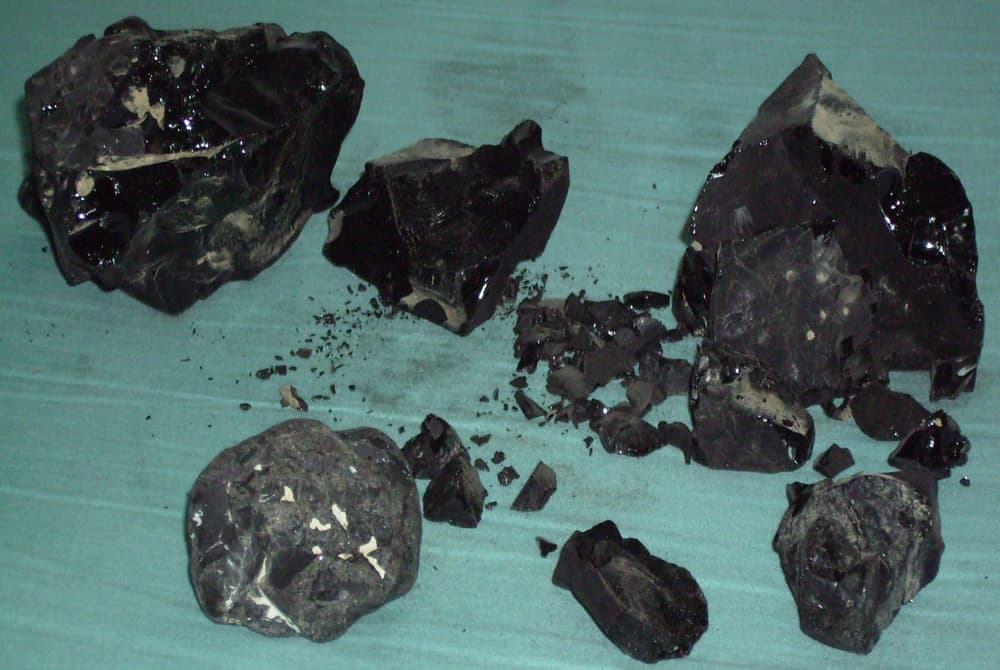
gilsonite properties
Gilsonite is a naturally occurring organic compound that has some unique properties
this natural substance has the appearance of a solid, a black hue, and is very lightweight
It has these properties
It is manufactured from petroleum that has been let to sit for extended periods of time in order to solidify
Because of its matte black hue, gilsonite exposed to the environment takes on the appearance of coal as a result of the transition
The surface of gilsonite that has just fractured, on the other hand, is lustrous and mimics obsidian in appearance
Gilsonite differs from other minerals in that it is soluble in organic solvents, has a low density, and forms a black streak when rubbed over the paper
It may be distinguished from various other minerals due to these characteristics
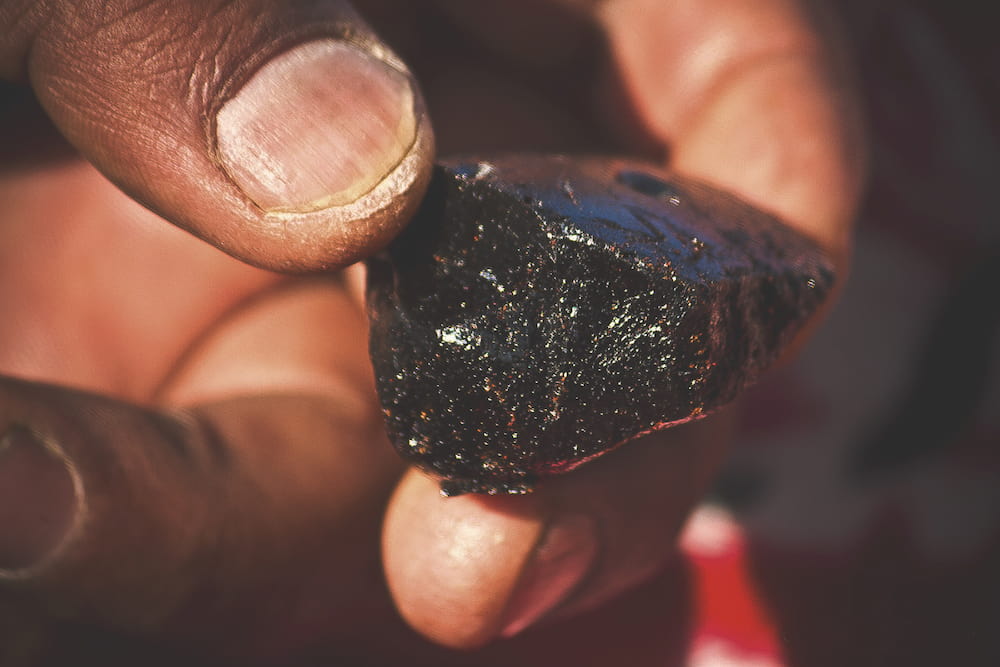
Asphaltites are a kind of solid hydrocarbon that may be found in oil-bearing sedimentary basins, most often in the form of oil shale veins
Asphaltites are found in sedimentary basins that contain oil
Asphaltites are sometimes referred to as bitumen
Gilsonite, a kind of asphaltite, is an example of a mineral that may be discovered
Gilsonite-type asphaltite deposits, on the other hand, are uncommon; moreover, the vast scale of the deposits in Utah distinguishes them from other asphaltite deposits
Asphaltite deposits may be found in hundreds of different locations across the world; however, many of these regions have already been mined
Gilsonite is unique in terms of its origin, formation, and chemical and physical properties
Workers in the gilsonite industry are also known for their ingenuity and hard labor
They pioneered a new industry and, over the last century, have overcome issues in mining, processing, transportation, marketing, and other areas to ensure that this unique Utah resource can continue to be sent to markets across the globe
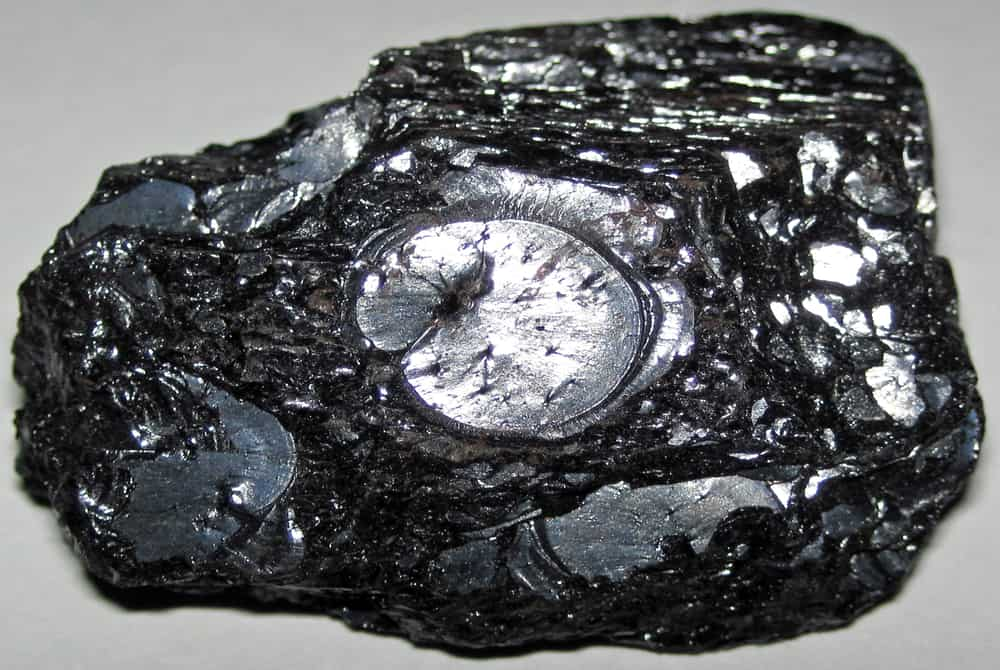
what is asphaltum powder
Bitumen, Asphaltum, and Gilsonite
A translucent brown to black mineral pigment which is easily turned into powder and is produced from natural deposits in Utah and utilized in tempera, oil, and watercolor media
Strength of the Tinting Gilsonite is a color that is see-through, although the degree to which it is see-through is contingent upon the manner in which it is painted
Glazes are the most common application for it, and artists from bygone eras prized them for their capacity to impart a sense of warmth and depth to shadows

Pigment Properties and Qualities When gilsonite is processed, the majority of the inert contaminants are removed, and newer, more potent solvents make the higher softening point grades more appealing to users
Gilsonite is graded according to its softening point, which is a rough measure of its solubility, as well as its particle size
Every grade possesses a level of quality that is significantly higher than the initial minuscule quantities of crude gilsonite that were sold on the market in the 1880s
Gilsonite can be used in conjunction with vegetable oils (such as linseed and soya), paraffin and microcrystalline waxes, aromatic and aliphatic solvents, and rosins
Solvents made of aliphatic, aromatic, and chlorinated hydrocarbons are all capable of dissolving gilsonite
However, it is soluble in mixed aromatic solvents that contain a component of ketone, despite the fact that its solubility in ketones, in general, is quite low
Gilsonite is insoluble in aqueous solutions, as well as alcohols and acetone
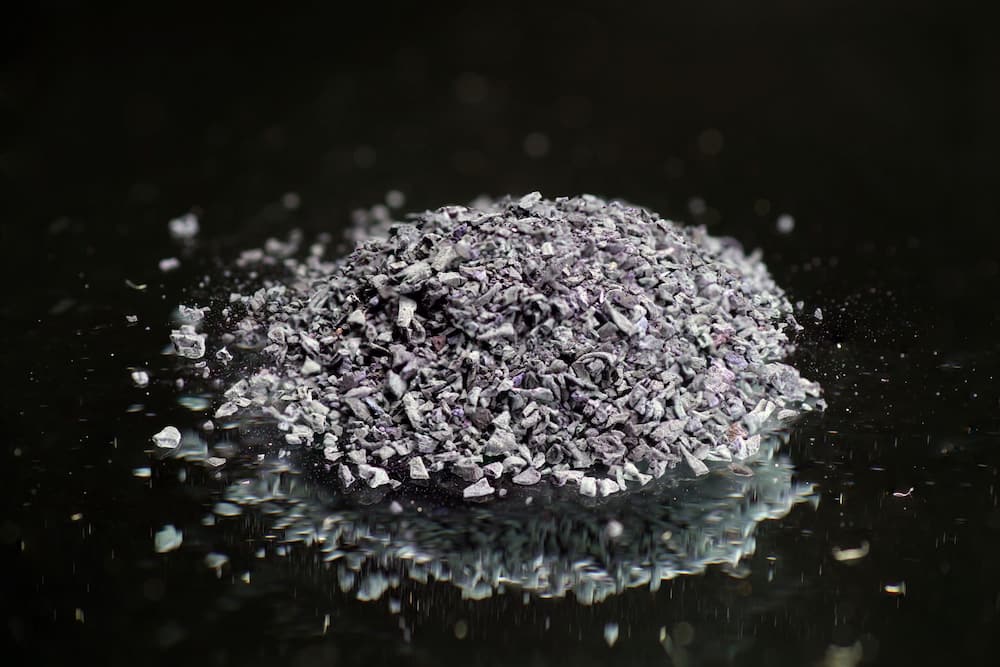
Toxicity According to established testing protocols, gilsonite in its natural form is not carcinogenic, does not cause mutations, and does not pose a threat to human health
These tests include the modified Ames assay test, chronic feeding studies conducted by the National Toxicology Program (NTP), and NIOSH protocols
We are here to help you have the best choice with the help of our professional and experienced sales executives
They are enthusiastically ready to offer you the best advice and suggestions



